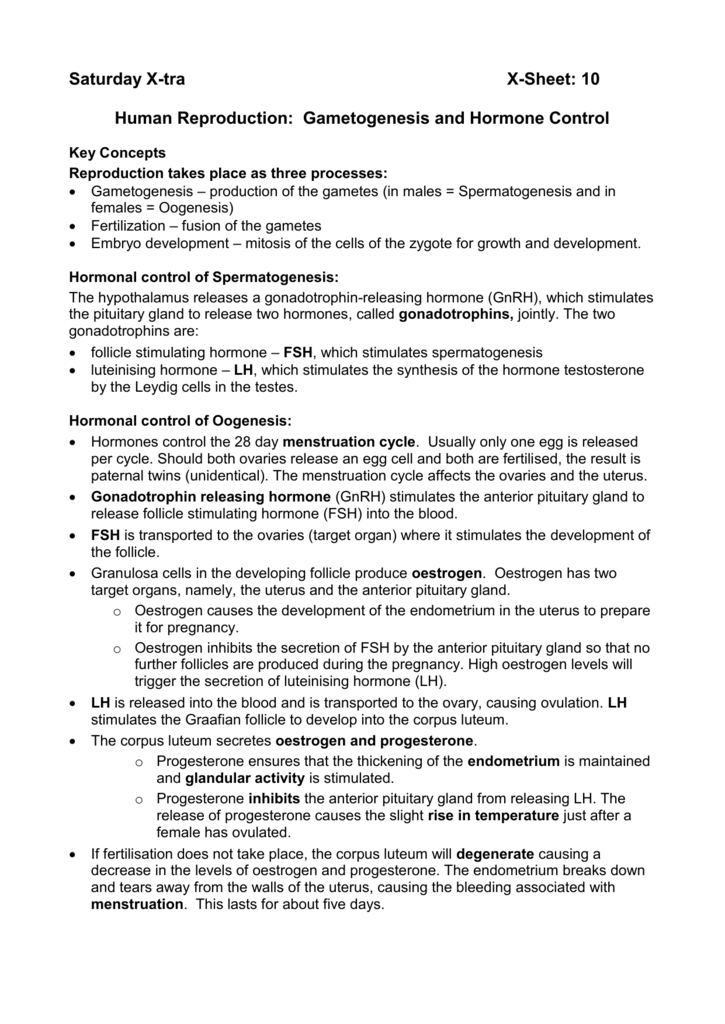
Gametogenesis Oogenesis
Spermatogenesis and the oogenesis are basically introduced as gametogenesis. Gametogenesis is the combination of mitotic and meiotic divisions occurring in the gonads, to form gametes. The formation of gamete is very much distinctive among the two genders; thus the gametes production in males is known as spermatogenesis, while on the other hand the production of gametes in females is known as oogenesis. Even though there are meiosis and mitosis, both are present during gametogenesis; the actual formation of gametes starts with the meiosis. Development of spermatids (multiple sperm cells) in male testes is basically known as spermatogenesis. The process begins from spermatogonium, which are genetically diploid.
Gametogenesis is the production of cells specialized in sexual reproduction. Meiosis and Gametogenesis. More Bite-Sized Q&As Below. What type of cell division permits sexual.
Ndtv ramayan songs free download. Spermatogonia produce basic spermatocyte (diploid) via mitosis. The resulting primary spermatocyte goes under the process of “meiosis I” to produce two identical haploid cells known as secondary spermatocytes. Every spermatocyte then again divides via meiosis II, to form two haploid daughter cells which are named as spermatids.
Thus, one primary spermatocyte produces four identical haploid spermatids. It takes about 6 weeks of time to differentiate spermatid into mature spermatozoa. Oogenesis is the multiple eggs formation in females. Basically, the basic stages of oogenesis start during early embryonic stages and completes after puberty. The formation of ovum has a cyclic schedule and, typically takes place once in a month. Oogenesis begins from the diploid oogonium in the ovary.
Primary oocytes are formed from oogonia by mitosis during the begining embryonic developmental stages. After the puberty, these primary oocytes start to transform to secondary oocytes, which are haploid, during the meiosis I. Then during the meiosis II, secondary oocyte transform to ovum, which is also haploid. During both meiosis I and II, the cytoplasm divides but not equally, forming two unequal sized cells. The larger cell becomes the ovum while the smaller one becomes polar body. The secondary oocyte is released from the ovary at ovulation. • Spermatogenesis results four functional spermatozoa from a primary spermatocyte.
While on the other hand oogenesis results a single ovum and three polar bodies from a primary oocyte. • In spermatogenesis, cytokinesis results in two equal sized cells whereas, in oogenesis, it results in two highly unequal cells.
• Unlike the ovum (egg), Sperm cell does not contain any food. • Sperm cells are much smaller as compared to eggs. • Sperm cells are motile, while ovum is immotile. • Spermatogenesis is completed while it’s inside the testis.
While on the other hand, secondary maturation division in oogenesis takes place outside the ovary (it takes place in the oviduct). • Spermatogenesis forms billions of sperm cells at one, while on the other side oogenesis outputs only one ovum per month.